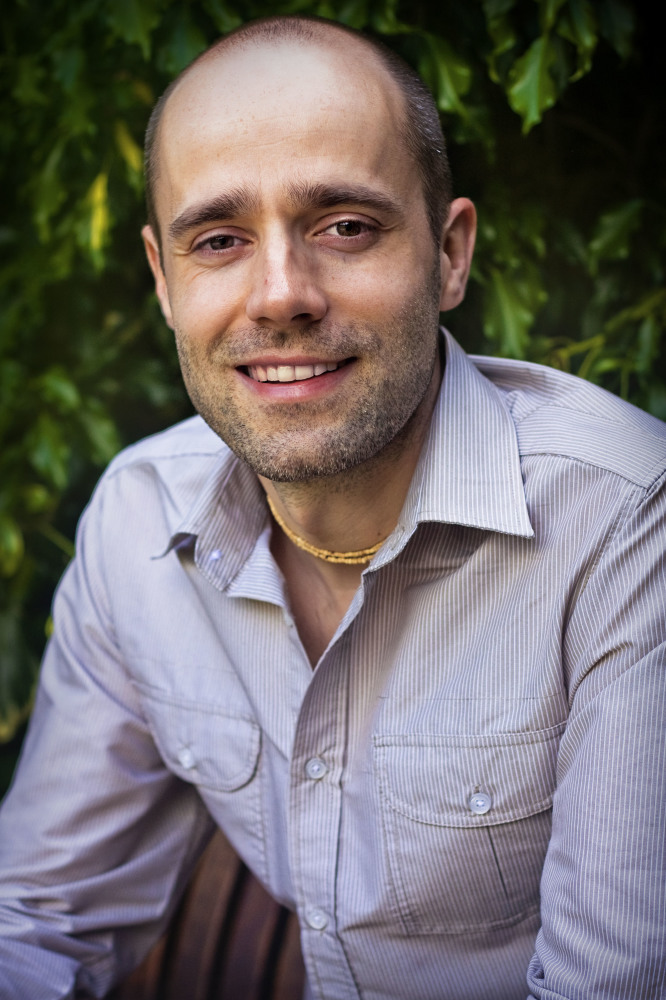With one in four people suffering from anxiety and depression in the UK, yoga’s ancient wisdom can transform our understanding of crisis and be a catalyst for change.

Simon Haas
A dark night of the soul is a period of intense, disorientating inner turmoil. Almost all of us will go through at least one period like this, yet we live in a society that conceals crisis or despair, looks upon it with fear and medicates it out of sight. There’s little, if anything, in our education to help us navigate crisis.
There’s often no one to turn to for help either. Well-meaning friends will say, “Pull yourself together!” “Let it go!” “Just move on with your life.” Doctors can’t really help; they lack the wisdom to treat the root cause of the suffering. They’ll simply medicate.
In ancient India, crisis was viewed as an important time of transition, a deep rite of passage. Yogis and mystics studied crisis and noticed the common attributes of a dark night, viewing them as potent experiences leading to spiritual awakening.
Most people today come to yoga through yoga poses, called asana, like “Downward Facing Dog” or the “Warrior”. Yoga poses are intended to unite body and breath, the physical and the internal, forming a bridge between our posture and our consciousness.
In the West, we’re now becoming increasingly aware that there is far more to yoga than physical and breathing exercises. For thousands of years, yoga has been a deep philosophy of life, a way of living skilfully.
But can yoga also be about darkness? Can it be about crisis and despair?
In ancient India, soul-searching crisis was not concealed or imbued with shame, but viewed as an important time of transition, a deep rite of passage. The rishis, or sages of India, understood periods of great tribulation, while difficult to bear can serve as pivotal moments of growth.
If you’re a pilot, your skill as a pilot is not tested or deepened when the airplane functions on autopilot in clear blue skies. Rather, your skill is deepened in the face of adversity—a fierce storm, the loss of an engine, the sudden failure of your instruments. In these moments, amid life’s turbulence, yoga becomes an effective tool in navigating the storm.
With a strong and legitimate emphasis on positivity, the value of despair is often forgotten in contemporary presentations of yoga. Coming to face a period of darkness when we’re already practising yoga or a spiritual path might feel bewildering. “This shouldn’t be happening to me,” we may think, feeling confused, ashamed or even let down by our practice. At times we may attempt to dismiss or invalidate our despair by taking shelter in pop psychology and easy spirituality, with mantras such as “Think positively”, “Get over it”, “Let it go”, “Choose happiness”.
Despair is one of life’s greatest change agents. Without it, we’re likely to shelter in easy spirituality or comfortable yoga routines our entire life.
Of course, suffering is not something we would wish on anyone—not least on ourselves. Yoga is foremost about kindness to oneself and to others. It’s about utilizing the lessons of our suffering to achieve transcendence and awakening to our fully flourishing powers.

Simon Haas is the author of the life-changing new book Yoga and the Dark Night of the Soul: The Soul’s Journey to Sacred Love. Available from Amazon, Gardners Books, iBooks, Barnes & Noble, and other popular outlets in Kindle (£6.99) and paperback (£9.99): http://bit.ly/journeyofthesoul

